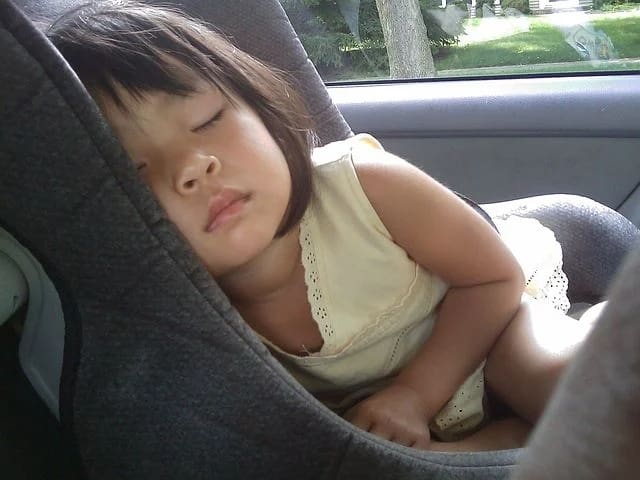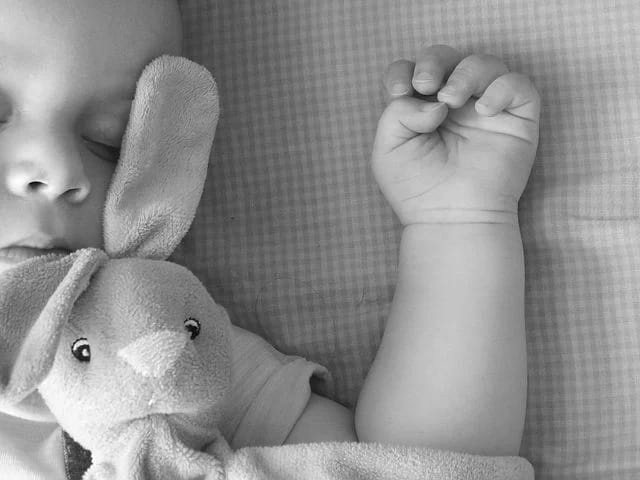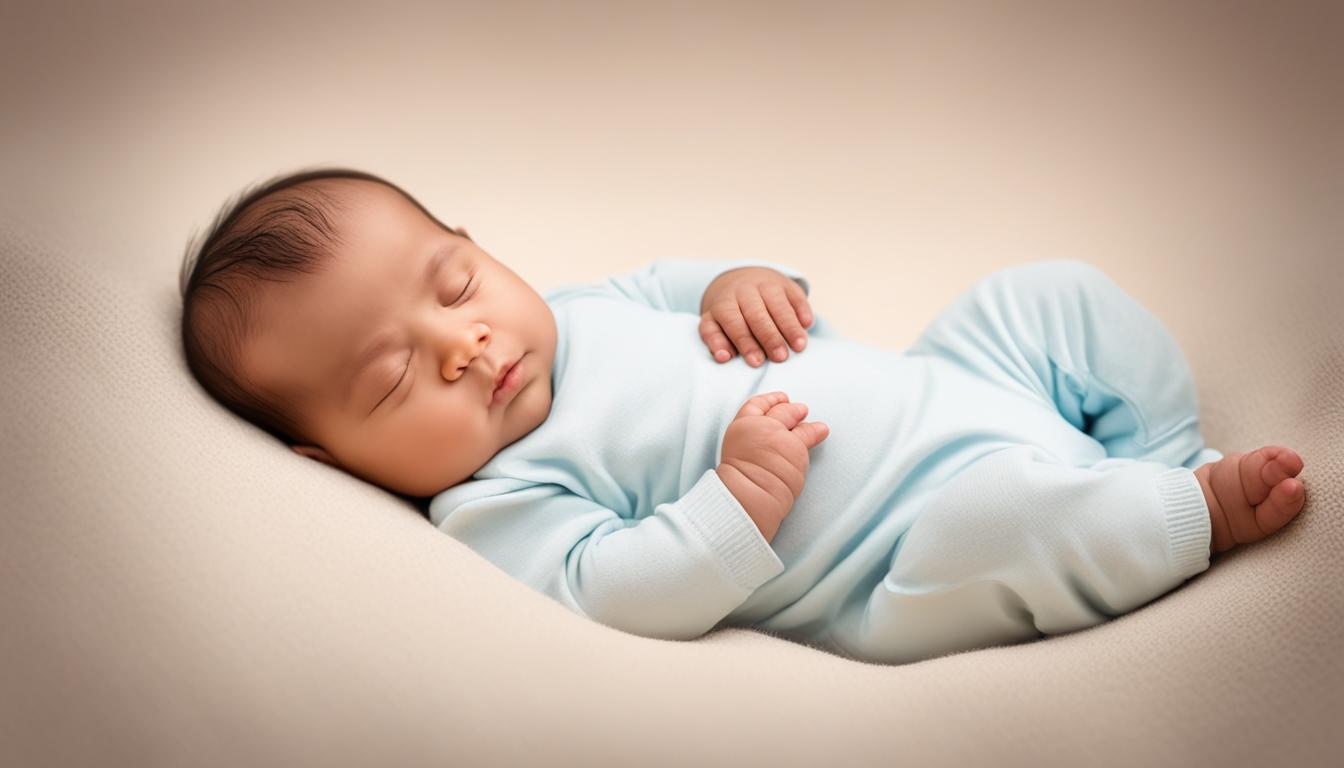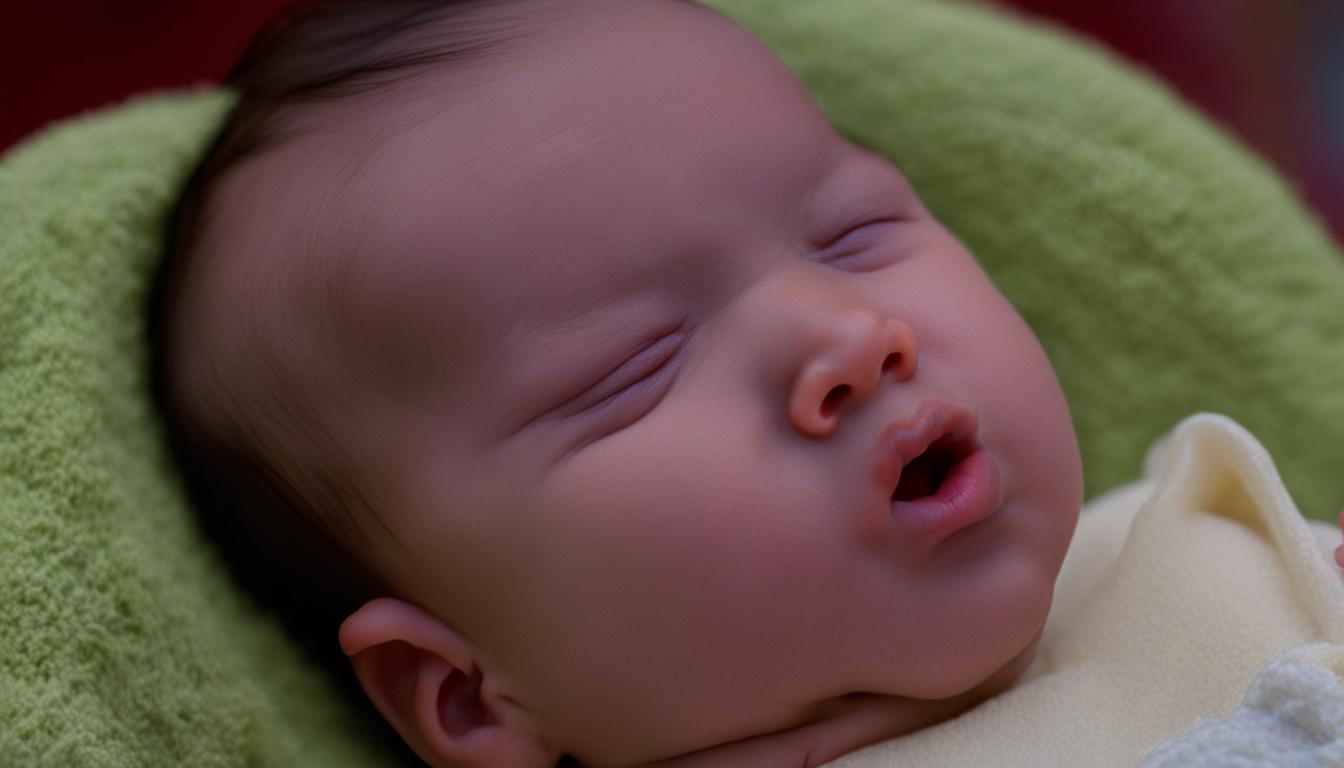When Do Babies Go Down To One Nap? What To Expect
Trying to figure out when do babies go down to one nap can be daunting task. Nap routine in children usually changes with time. It starts with the newborn sleeping multiple times during the day and only waking up to feed to three naps a day, then two naps a day routine, then finally to one nap a day. Transitioning from one sleeping routine to another is a huge milestone that every parent looks forward to.
If your baby is between 13- 18 months, you must be wondering when it is the right time to transition from two naps a day to one nap a day. Babies develop at a different pace. Some transition from two naps to one nap a day in 14 months, while others take up to 18 months.
As much as you would like your child to transition to one nap a day soon, it is important to note that your child’s sleeping pattern is beyond your control and her control. It is a complex biological process that is determined by many factors. This means that you cannot rush this process; you need to let it happen independently. However, some signs indicate that your baby is ready to transition to one nap. In this post, we will discuss in detail signs that show that your baby is ready to go down to one nap.

When do babies transition to one nap a day?
According to experts, most babies usually transition to one nap between 13 -18 months. The average for transitioning to one nap is 15 months but some babies transition as early as 13 months. The bottom line is that babies transition to one nap at their own time. As a parent, you have absolutely no control over the process. All you can do is keenly watch for the signs that indicate that your little one is ready to transition to one nap.
Transitioning from two naps to one nap requires patience from the parent because, unlike other napping transitions, this one usually takes time. The tricky part about the transition is that the signs don’t always show up every day. You may realize that the signs may show up for three or four days in a row where your child does not take her morning naps, then, later on, everything changes; your toddler starts to enjoy both morning and afternoon naps. This can be discouraging, especially if you had concluded that your baby’s sleeping pattern had changed.
Experts recommend that you should keenly observe your toddler’s sleeping pattern for at least three weeks before making any conclusion. Sometimes developmental milestones usually interrupt the baby’s sleeping patterns. The only way to be certain that your baby sleeping pattern is transitioning to one nap is if it is consistent for at least three weeks.

Signs that your baby is ready to switch to one nap
- If your baby is between 13-18 months
The first important sign that indicates that your baby is ready to switch to one nap is if she is between 14 – 24 months old. Numerous scientific studies have shown that most toddlers usually transition to one nap between this period. If your baby shows the signs of transitioning before she gets to this age range, then the chances are that the signs may only be due to developmental milestones.
- Your baby does not feel tired during nap time.
If you notice that your baby all of a sudden does not feel tired or sleepy during her usual nap time, then that is a clear sign that she is ready to switch to one nap. Toddlers have their own internal clock and usually fall asleep fast during their normal nap time. If you notice that your baby no longer falls a seep and plays for a long time when you put her in bed, that is a clear indication that she needs more time playing and less time napping.
- Your baby’s last nap is interfering with her night sleep.
If your baby is used to get two naps, her night sleeping pattern will remain constant. For instance, you will always take your baby to bed at 9 pm after dinner because that is the time she sleeps. However, if you notice that all over sudden, your baby struggles to sleep or does not want to go to bed during her normal bedtime, then that is a sign that she may want to be awake longer during the day to fill her tired tank.
- Your baby being to have short naps
If you notice that your baby’s nap time has reduced significantly over time, it may indicate that she is ready to switch to one nap a day. For instance, if your baby is used to sleeping twice a day, in the morning and evening for two hours, then that time drastically reduces to less than an hour; it may indicate that your baby needs more time playing to fill her tired tank before getting a quality nap. Dropping one nap during the day may give her enough time to play and feel tired enough to take a long quality nap as she used to.
- Your child’s naps well for one on her naps but resist the other.
If your child naps well in the morning but totally resist napping in the afternoon, then that is a clear sign that she needs to time playing and less time sleeping.
Other signs that may indicate that your child is ready to switch include:
- Your toddler misses one of her naps, and she is still energetic and cheerful unit her next nap.
- Her nap timing changes. She refuses to sleep during her usual nap time but sleeps later
- Her moods remain stable despite missing one of her naps
- Your toddler can go for car rides early in the day and not fall asleep

Remember that the above signs should show up consistently for at least three weeks to conclude that your toddler needs to transition from two naps to one nap.
Signs that your baby is not yet ready to switch from two naps to one nap
- Your child is under 13 months old. Babies under 13 months old are usually not ready to transition to one nap. Even if the child shows signs of wanting to transition, they are usually false signs in most cases.
- Missing nap leads to a change of moods, or she looks tired and bored. If your toddler changes her mood and becomes bad-tempered or throws tantrums, then that is a clear sign that she is not yet ready for one nap.
- Your child does not fall asleep during the first minutes of putting her to sleep but eventually falls asleep.
- Your little one misses sleep while traveling but takes two quality naps when you are at home.
- When you take your child for a car ride during the day, and she falls asleep
What are the dangers if you transition before the toddler is ready?
Switching from two naps to one nap before the child ready is not recommended because it can take a toll on child health. Some of the negative effects of switching early include altering the child’s mood and behavior. Your child will become moody and sad. You will notice that she gets offended easily. Please do not transition your child from two naps to one before the right time. Speeding up the process will only make things worse.
How to make your child’s transition to one nap smooth

Once all the signs indicate that your child is ready to switch from two naps to one nap, you need to make the transition as smooth as possible. Most parents make a mistake of dropping one nap immediately when they notice that the toddler is ready for a transition. Even though the end goal is to switch to one nap, the change from two naps to one nap should not be a one-day thing; it should be a gradual process that is well planned. This section will give tips on how to make the transition smooth when all signs indicate that she is ready to switch.
- Cap the morning nap
The best place to start is by capping the morning sleep. For instance, if your child usually speeds for two hours in the morning, you can reduce it to about 45 minutes. Continue to gradually reduce the napping time while constantly checking her progress until she can finally stay awake until the afternoon, where she can take one quality long nap.
- Start the main nap early.
If your child is skipping the morning nap, then it is advised that you start the afternoon nap earlier. For instance, if your baby was used to sleeping at 1 pm, you can take her to sleep an hour earlier. If your child foregoes the morning nap, then the afternoon nap should be longer because she will be more tired after playing the entire morning. Starting the sleep early will ensure that your child gets the quality sleep that she rightfully deserves.
- Take your child to sleep earlier.
The fact that your child will nap less during the day means that she will want to sleep earlier than the usual sleeping time because she is more tired. Therefore, it is advised that you take her to bed earlier to compensate for the less day time nap. However, this should be a temporary move. You should switch back to her normal bedtime once she has successfully transitioned.
- Pur her to nap if she is sleepy
Just because your child is transitioning from two naps to one does not mean that you should not let her nap if she is sleepy. For instance, if your baby no longer naps in the morning does not mean that you should not let her rest in the morning hours if she is sleepy. During the transition period, there are times when your child will feel sleepy earlier than expected. When that happens, you should put her to sleep immediately.
Is transitioning to one nap at ten months too early?
Even though babies transition from two to one nap at a different age, many experts suggest that transitioning your child from two naps to one nap at ten months is too early. Even if the child shows signs of wanting to transition, in most cases, the signs are usually due to developmental milestones that are taking place. According to experts, the best time to transition is when the toddler is between 13-18 months. Transitioning earlier can negatively affect the childs development and health in many ways.
When do babies stop napping?

There are no set rules as to when your child should stop napping. Each child is different, meaning that some may drop their daytime nap earlier than others. Some kids drop napping between 2-3 years while others continue napping until they are past five years. However, according to experts, the average for toddlers to stop napping is between 3-4 years. Many factors determine when a child stops napping include how much sleep the child gets during the night, the child’s energy level, how active the child is during the day, and much more. For instance, children who are less active during the day are more likely to take a nap than those who are active throughout the day. Additionally, babies that get quality sleep at night are more likely the stay awake during the day.
Signs that indicate your baby is ready to stop napping
- Your toddler skips afternoon naps but does not show any signs of crankiness or exhaustion
- A child takes too long to fall asleep during bedtime when she takes an afternoon nap
- Toddler takes too long to fall asleep at naptime
Conclusion
Knowing when to transition your baby from two naps to one nap is very important. When you conclude that your little one is ready for the transition, it’s important to closely monitor the signs given above for at least three weeks. If the signs are consistent, then you should make the transition process smooth for the child.










